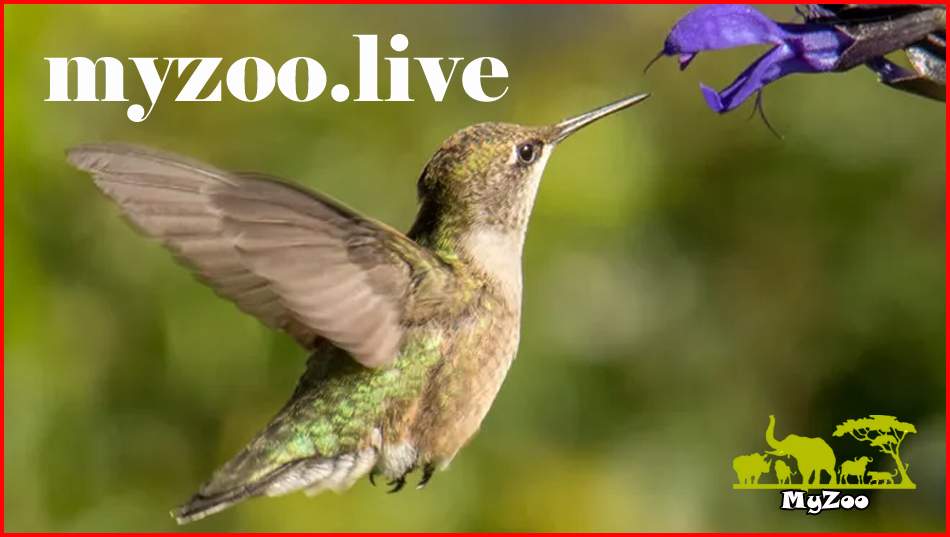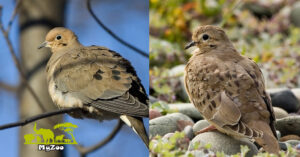
Where do hummingbirds go in the winter
Hummingbirds are fascinating creatures. Known for their vibrant colors and rapid wing beats, they captivate bird lovers worldwide. But have you ever wondered where these tiny birds go when winter arrives? This article explores the winter habits of hummingbirds, their migration patterns, and how they survive the cold months. Let’s dive in!
Why Do Hummingbirds Migrate in Winter?
Hummingbirds are small and have high metabolisms. They need a lot of energy to survive. In winter, food becomes scarce. Flowers stop blooming, and insects are harder to find. To survive, hummingbirds migrate to warmer places. Migration helps them find food and avoid freezing temperatures.
Where Do Hummingbirds Go During Winter?
Most hummingbirds in North America migrate to Central America or Mexico. These regions offer warm climates and abundant food sources. For example:
- Ruby-throated Hummingbirds travel to southern Mexico and Central America.
- Rufous Hummingbirds migrate to Mexico and sometimes as far south as Panama.
- Anna’s Hummingbirds are unique. Some stay in the Pacific Northwest year-round.
The exact location depends on the species. But one thing is clear: hummingbirds seek warmth and food during winter.
How Do Hummingbirds Prepare for Migration?

Migration is a big journey for such small birds. Hummingbirds prepare in several ways:
- Eating More: They consume extra nectar and insects to build fat reserves.
- Resting: They rest more to conserve energy.
- Timing: They leave before winter fully sets in.
These preparations ensure they have enough energy for the long flight.
The Journey: How Far Do Hummingbirds Travel?
Hummingbirds travel incredible distances. Some fly up to 2,000 miles during migration. For example:
- Ruby-throated Hummingbirds cross the Gulf of Mexico, a 500-mile non-stop flight.
- Rufous Hummingbirds travel from Alaska to Mexico, covering over 3,000 miles.
Despite their size, hummingbirds are strong fliers. They can fly at speeds of up to 30 miles per hour.
Challenges During Migration
Migration is not easy. Hummingbirds face many challenges:
- Weather: Storms and strong winds can make flying difficult.
- Predators: Birds of prey and other predators pose threats.
- Exhaustion: Long flights can tire them out.
Despite these challenges, hummingbirds are resilient. They adapt and push through to reach their destinations.
How Can You Help Hummingbirds in Winter?
If you live in an area where hummingbirds stay during winter, you can help them. Here are some tips:
- Provide Food: Keep nectar feeders clean and filled. Use a mix of 1 part sugar to 4 parts water.
- Offer Shelter: Plant evergreen trees and shrubs for protection.
- Avoid Pesticides: These can harm hummingbirds and their food sources.
Your efforts can make a big difference for these tiny travelers.
Fun Facts About Hummingbirds in Winter
Here are some interesting facts about hummingbirds during winter:
- Some hummingbirds enter a state called torpor. This is like hibernation. It helps them conserve energy.
- Hummingbirds can remember feeding locations. They often return to the same spots year after year.
- Despite their small size, they are fierce defenders of their territory.
Conclusion: The Amazing Journey of Hummingbirds
Hummingbirds are truly remarkable. Their ability to migrate thousands of miles is awe-inspiring. By understanding where they go in winter, we can appreciate their resilience and adaptability. Whether they’re flying to Mexico or staying in your backyard, these tiny birds continue to amaze us. Next time you see a hummingbird, remember the incredible journey it has made.
FAQs About Hummingbirds in Winter
1. Do all hummingbirds migrate?
No, some species like Anna’s Hummingbirds stay in their habitats year-round.
2. How long does migration take?
It varies, but most hummingbirds complete their journey in a few weeks.
3. Can I keep my feeder up in winter?
Yes, if you live in an area with wintering hummingbirds. Clean it regularly to prevent mold.
4. What happens if a hummingbird doesn’t migrate?
It may struggle to find food and survive the cold. Migration is crucial for their survival.
By learning more about hummingbirds, we can help protect these incredible creatures. Share this article to spread the word about their winter journey!

